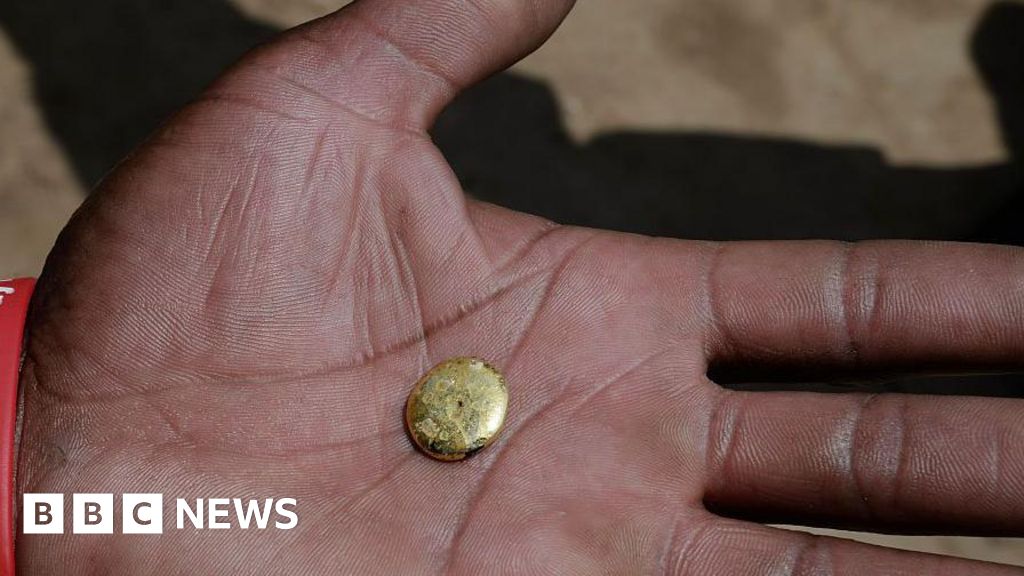ARTICLE AD BOX
By Paul Kirby
BBC News
Image source, Russian defence ministry
Image caption,Kinzhal missiles have been fitted to Russian MiG-31K fighter jets, as shown in this defence ministry handout
Russia's military has fired a hypersonic ballistic missile and destroyed a big underground arms depot in western Ukraine, the defence ministry in Moscow has said.
If confirmed it would be Russia's first use in this war of the Kinzhal, or Dagger, ballistic missile launched from the air, most likely by a MiG-31 warplane.
What are hypersonic missiles?
President Vladimir Putin has repeatedly highlighted Russia's investment in hypersonic missiles, which can travel at more than five times the speed of sound, or Mach 5.
The statistics are impressive: according to Russian officials the Kinzhal can hit a target up to 2,000km (1,240 miles) away and can fly faster than 6,000 km/h. But does that make them any more dangerous than other missiles or even artillery which can cause just as much death and destruction?
"I don't view it as that significant," says James Acton, nuclear policy specialist at the Carnegie Endowment for International Peace. "I don't know how much of an advantage Russia is getting from using hypersonic missiles."
President Putin boasted last December that Russia was leading the world in hypersonic missiles, which are hard to track because they can change direction in mid-flight.
Russia posted a video of what it said was its missile strike on the arms depot in Deliatyn, a village in south-western Ukraine only 100km from the border with Romania.
▫️Destruction of a weapons depot of the Armed Forces of Ukraine by high-precision missile weapons strike. We can see the exact hit of an underground hangar with weapons and ammunition. pic.twitter.com/sKTF46Tdb0
— Минобороны России (@mod_russia) March 19, 2022The BBC is not responsible for the content of external sites.View original tweet on Twitter
"It's a sign of showmanship. Even if it's used we should consider it as an isolated moment because Russia doesn't have a large number of these missiles," said Dominika Kunertova of the Center for Security Studies in Zurich.
'Not a game-changer'
The Russian leader unveiled the Kinzhal four years ago as one of a series of "invincible" weapons that he said would evade enemy defences. The other hypersonic missiles are the Zirkon and the Avangard, which is both faster and has a far greater range.
The Kinzhal can carry a nuclear warhead as well as a conventional one and recent reports said MiG-31 fighters had been sent to Kaliningrad, bringing numerous European capitals within reach. There is no indication from where the attack on the arms depot was launched.
"It's a signal to the West, because Putin is annoyed that the West is daring to shift all these weapons [to Ukraine]," Ms Kunertova told the BBC. "It's questionable that it's so accurate, so it's not a game changer."
War in Ukraine: More coverage
James Acton said the Kinzhal was thought to be an Iskander missile that had been modified for fighter jets, and Iskander-M missiles have already been fired by Russian ground launchers since the start of the war.
Although the Iskander-M has a far shorter range than the air-launched missile, Ukraine's defence ministry claimed this week that Russia had fired almost all its Iskander missiles during the first 20 days of the war.
A US defence official was quoted as saying on Friday that Russian forces had fired more than 1,080 missiles since 24 February.
"[That] is an astonishing number and a very significant fraction of Russia's pre-war inventory," Mr Acton told the BBC, pointing to the increasing use of unguided bombs in Russian aerial attacks. "They may very well be running short of accurate munitions."
President Putin introduced video of a missile launch in 2018

 3 years ago
169
3 years ago
169








 English (US) ·
English (US) ·